Have you heard about the SDKs for dedicated augmented reality app development? Let us know in detail all about the augmented reality SDKs for app development.
What is an SDK?
“If the development process is a web, then SDKs are the tools you can use to deal with the tangled threads, organize them, and turn them into something different.”
First things first, SDK stands for Software Development Kit or devkit. SDK contains all the software tools and programs the developers use to create dedicated applications for different platforms. Hence, Nordic SDK is used to create Bluetooth or wireless products, VMware SDK for integrating with the VMware platform, iOS SDK for creating iOS apps, Android SDK toolkit for Android applications, etc.
The SDK tools are designed for different programming languages and platforms. It includes guides, processes, code samples, documentation, libraries, etc., which can be used and integrated into user apps.
SDKs are used outside the organization and offer value to developers and businesses. While every SDK is meant to work, it should deliver good results. Let us go through some of the key characteristics of a good SDK. These are:
- SDK must quickly play with other SDKs.
- Never impacts the data consumption, battery, or CPU of mobile devices.
- It must have enough functionality to add value to other apps.
- It must offer thorough documentation to explain code works.
- Other developers can easily use it.
How Will a Mobile SDK Benefit Your Brand?
After knowing a brief about the SDKs, it comes down to their advantages for your businesses. Some of the key benefits of the mobile SDK for your augmented reality app development are:
1. Quicker Integration -> Shorter Sales Cycles.
App development companies working on different projects can get much of their work done with mobile SDKs. Moreover, the dedicated SDKs shorten the sales cycle and make it easy to integrate with the client’s existing technology stack. Hence, the quick integration of the mobile SDKs offers shortened sales cycles.
2. Efficient Development -> Faster Deployment
With the increased demand for customized app development; it is impossible for developers to code different tools from scratch. It is all about checking the detailed SDK toolkit to find the code which works ideally with different devices. Hence, developers don’t need to code from zero states. The same efficiency of the SDKs is passed to the in-house SDKs, which helps companies bridge the development gaps with specific app SDKs.
The efficient Development leading to the fast deployment further saves money as the businesses only have to pay for the productive hours of the developers. On the other hand, the developers don’t have to deal with issues like behavioral analytics, mobile notifications, crash reporting, etc.
3. Great Product + SDK -> Increased Reach
The SDK offering great interoperability for developers along with an amazing app can be the best combination for success. The great product with great SDK leads the way for the increased reach of the business. Further, the combination of great product and SDK offers improved reach for your brand.
4. Brand Control -> Mitigated Risks.
SDK offers increased control over the user interface elements of the app. It is easy to manage how the app integrates with other apps and its overall looks. Hence, improved brand control helps mitigate the possible risks in user experience. All the critical features of the app are safe from different issues.
Most Popular Augmented Reality SDKs
After learning about the main advantages of augmented reality SDKs, let us go through the top-rated and best-augmented reality SDKs. The top six augmented reality SDKs are:
1. Wikitude

First on our list is the recently launched SDK7- Wikitude, which supports different maps and locations. It is supported by operating systems like Smart Glasses, iOS, Android, etc. Started with location-centric experiences, it is now a powerful SDK used in different applications. In addition, developers use the advanced tracking features of Wikitude for quick integration with different devices.
Features:
- It has an in-built GeoAR offering amazing location-based AR experiences for different users.
- It offers effective recognition and scenes, images, or object tracking.
- It can be quickly optimized for Vuzix AR glasses, Epson Moverio, HoloLens, etc., and supports local or cloud storage.
- It can effectively locate the cloud targeting multiple images hosted on it.
Pricing:
- Wikitude is available for a free trial and three different pricing plans:
| Sr. No. | Plan Name | Pricing |
|---|---|---|
| 1 | Pro 3D | 2898 USD |
| 2 | Cloud yearly | 4351 USD |
| 3 | Enterprise package | Available on a request basis |
Examples of Wikitude:
- Air bp. Image Tracking.
- Molokai. Object Tracking.
- mumok Museum. Scene Tracking.
2. EasyAR

If asked for a dedicated augmented reality SDK for creating AR games and apps, EasyAR is the perfect platform for Windows, iOS, and Android. Moreover, it offers a city-scale augmented reality cloud solution for multiple sectors. Some key areas that benefitted from EasyAR are industrial applications, businesses, tourism, culture, etc.
Features:
- It offers different functionalities like EasyAR Sense Motion Tracking (SLAM) 4.0 for seamless motion tracking in-app, EasyAR Sense 4.0 for spatial mapping, EasyAR Mega for creating city-level AR cloud technology, etc.
- It is packed with powerful information to create augmented reality games and other applications.
- It offers screen recording and 3D object tracking for augmented reality applications.
- It comes with full mobile compatibility and real-time 6 DOF camera pose tracking.
Pricing:
- EasyAR Sense 4.0 is available in a free personal edition and three different pricing plans:
| Sr. No. | Plan Name | Pricing |
|---|---|---|
| 1 | Professional Edition | 39 USD |
| 2 | Classic edition | 1399 USD |
| 3 | Enterprise edition | Available on a request basis |
Examples of EasyAR:
- Vogue
- KFC
- Pepsi
3. Onirix
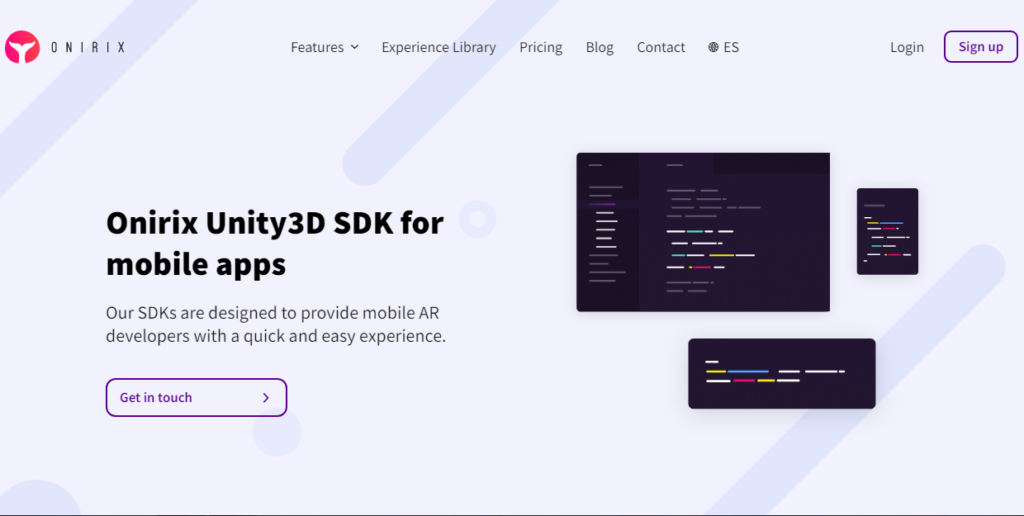
It is a powerful augmented reality SDK offering seamless app development and augmented reality game applications. It offers a quick and intuitive development experience for cross-development applications. Not only this, Onirix offers different libraries and utilities, offering quick and effortless application development for different platforms like Unity, Android, and iOS.
Features:
- It offers different tracking technologies like image tracking, surface tracking, and spatial AR.
- Onirix SDK offers full access to Onirix Studio to create, host, and publish different visual parts of augmented reality projects.
- It allows quick uploading of the different products in 3D through a web-based augmented reality content management system.
- The web AR SDK offers markerless and image-based experiences for image tracking technology.
Pricing:
- It is available in four different pricing plans:
| Sr. No. | Plan Name | Pricing |
|---|---|---|
| 1 | Pro | 96 USD |
| 2 | Commercial | 290 USD |
| 3 | Growth | 484 USD |
| 4 | Scale | 968 USD |
Examples of Onirix:
- Unilever
- TESCOS
- Prevencontrol
4. MAXST

MAXST promise to be the essential source of technology for realizing AR functions. It is used in more than 7,000 augmented reality applications and is used by more than 10,000 developers. It offers 2D SDK and 3D SDK for dedicated image tracking and environment recognition.
Features:
- It works with cross-platform app development and can be used with Windows, iOS, macOS, Android, etc.
- MAXST Sensor Fusion SLAM helps camera integration with IMU sensors for creating mobile, robot, or wearable technology.
- MAXST 1.5 updated version is the dedicated industrial augmented reality service perfect for smart factory environments, IoT, 5G technology, etc.
- Some of MAXST’s key features are instant tracker, visual SLAM, object tracker, marker tracker, image tracker, cloud recognizer, QR code tracker, QR/ barcode reader, etc.
Pricing:
- It offers a free trial with different pricing plans like:
| Sr. No. | Plan Name | Pricing |
|---|---|---|
| 1 | Pro-One time fee | 699 USD with a one-time fee |
| 2 | Pro-Subscription | 50 USD monthly |
| 3 | Enterprise | Available on request |
Examples of MAXST:
- Genesis Virtual Guide
- YourAds
- Dino
5. Pikkart AR SDK
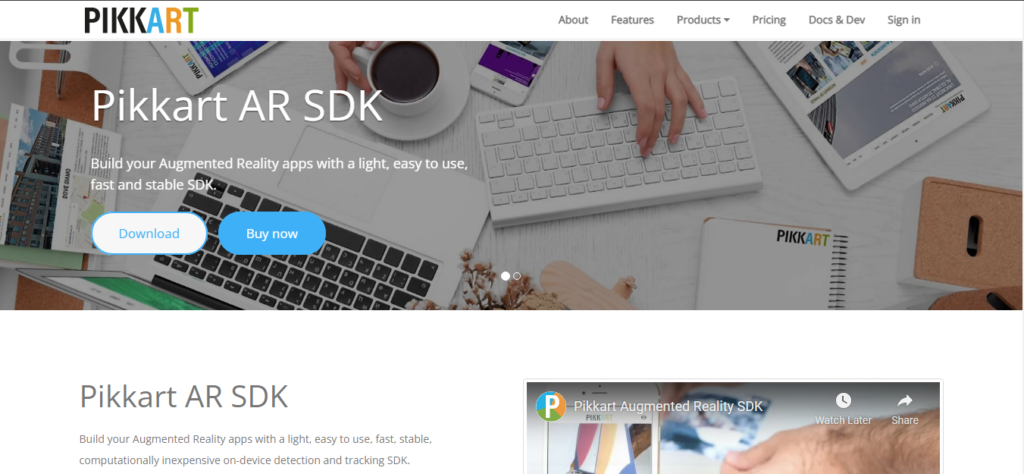
It is a stable, easy-to-use, and light augmented reality SDK to create amazing applications. It is a dedicated augmented reality SDK and ecosystem for developers. The newly released 3.5.8 version offers seamless integration between the geo-augmented markers, AR logo, and planar marker.
Features:
- It allows image recognition SDK and helps create the latest augmented reality experience with the Xamarin platform, Unity 3D, native API, etc.
- It helps create multiple augmented reality experiences on different prints of the same image to make more than one billion unique prints.
- It allows the quick addition of geolocated augmented markers, integrated navigation services, etc.
- It offers cloud recognition with API by creating simple and scalable applications.
Pricing:
- Pikkart AR SDK offers a free trial with different pricing plans like:
| Sr. No. | Plan Name | Pricing |
|---|---|---|
| 1 | SDK | 290 USD with a one-time fee |
| 2 | Cloud Recognition | 96 USD monthly |
| 3 | Cloud API | 96 USD monthly |
Examples of PikkartAR SDK:
- Magic Cube app
- AR logo apps
6. DeepAR
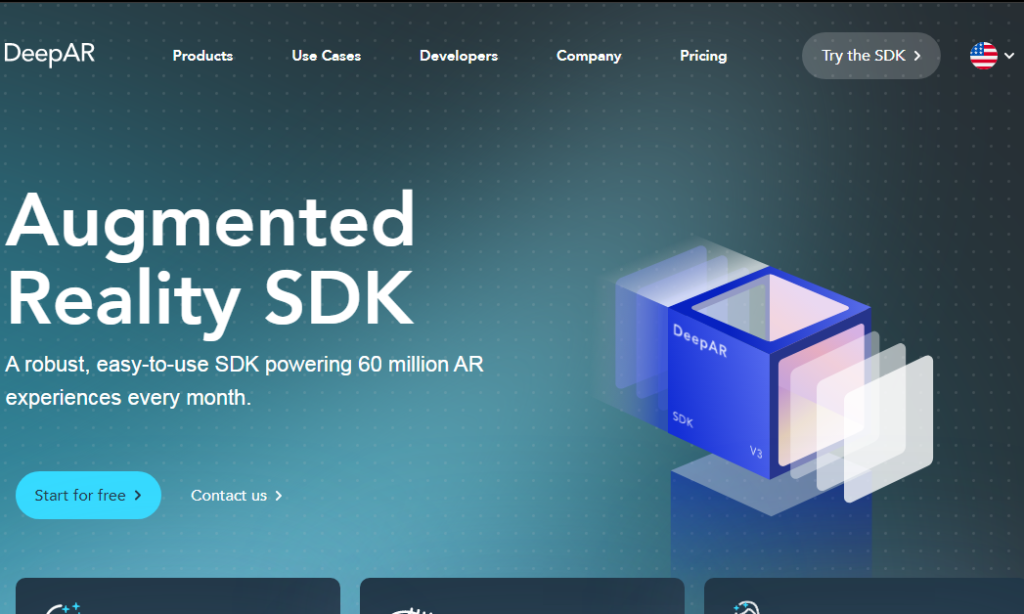
It is a powerful and robust SDK in more than 60 million augmented reality applications monthly. It can add different application functionalities like body tracking, emotion detection, background segmentation, hair segmentation, beauty and makeup, face filters, etc.
Features:
- It is a powerful SDK built for different operating platforms like HTML5, Android, macOS, and iOS.
- It offers real-time face tracking for multiple faces and high performance to add 3D face masks and effects.
- It uses advanced deep-learning techniques to change hair color during video seamlessly.
- It is easy for the developers to create an immersive augmented reality experience by replacing the backgrounds in real time.
Pricing:
- It offers a free plan and flexible payout based on the developer’s needs.
Examples of DeepAR:
- Video chat apps
- AR effect apps
- Virtual try-on apps
Criteria for Selecting the Best AR SDK
Are you still confused about selecting the best-augmented reality SDK for your current project out of our well-researched list? You don’t have to worry, as you can quickly go through the detailed buying guide for finding the best SDK according to your augmented reality app development needs. So, the key factors to consider before selecting the best-augmented reality SDK are:
1. Cost
Developers have the options to choose from the free-source and open-source augmented reality SDKs. Beginners in augmented reality can go for the free augmented reality SDKs with limited features. The professionals can go for the paid ones having advanced features for creating amazing applications. Further, the paid augmented reality SDKs require commercial licenses, which adds to the overall costs.
2. Supported Platforms
The next important point to consider in the augmented reality SDKs is to look at the top supported platforms. Some SDKs support Windows, others Android or iOS. Hence, based on the augmented reality application need, it is easy to consider the platform support of the SDK. Further, some augmented reality SDKs offer Universal Windows Platform (UWP) for creating dedicated applications for Windows systems and smartphones.
3. Image Recognition Capabilities
Augmented reality is incomplete without image recognition capabilities. Hence, the SDK must offer powerful image recognition capabilities for any app to identify objects, places, and images. The SDKs with powerful image recognition abilities successfully overcome the benefits of the APIs, which have a defined method only for seamless app performance. Hence, developers need to go for SDK allowing the devices to use the camera, AI software, and machine vision to track different objects. This image track should quickly overlay with animations, sound, and HTML content.
4. 3D Image Recognition and Tracking
If your application needs to track 3D objects like toys, clothes, etc., the SDK must offer 3D image recognition and tracking. This feature helps the applications to improve and understand the application surroundings for large places like airports, shopping malls, bus stands, etc.
5. Unity Support
If asked for an amazing game engine used globally, Unity is the winner. Hence, any augmented reality app development is incomplete without Unity support. The developers looking for an amazing gaming experience must go for the augmented reality SDKs having Unity support and can create useful effects.
6. OpenScene Graph Support
The OpenSceneGraph is the open-source 3D graphics toolkit for adding different features like scientific visualization, modeling, AR/VR, etc. Any leading augmented reality SDK must offer dedicated OpenScene Graph support for managing the 3D features on the app.
7. GPS Support
All location-based augmented reality applications must have highly precise geolocation features. The GPS support overlaps data from nearby areas, like searching nearby filling stations, nearby restaurants, etc. Hence, the developers need to go for the augmented reality SDK having precise GPS support.
Wrapping Up
Hence, it is easy to understand the augmented reality SDKs for app development. Starting with the quick definition of the SDKs followed by their key advantages, it is easy to go through their best applications. The quick list of the top and best-augmented reality SDKs ensures you can find the best one for your business.
The detailed guide to selecting the top-rated augmented reality SDKs for app development makes the way easy for the developers. Selecting a perfect SDK by matching the different offerings based on the individual project needs becomes easy. There can be no perfect time to capitalize on these SDKs’ augmented reality abilities.
If you ever plan to build an app with AR features then we can help. Emizentech is a leading app development firm with experience in creating innovative apps with AR and VR features.

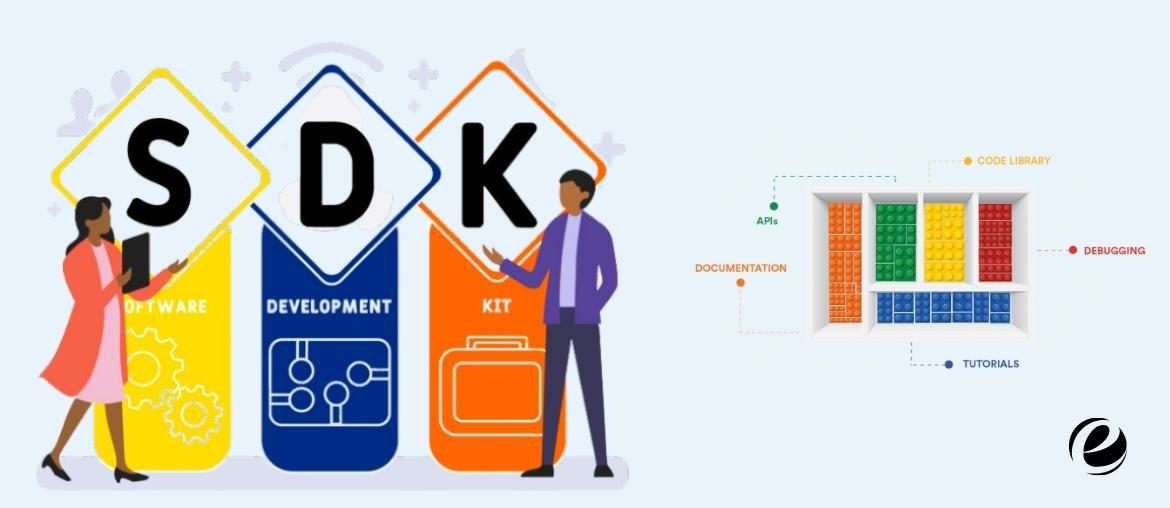
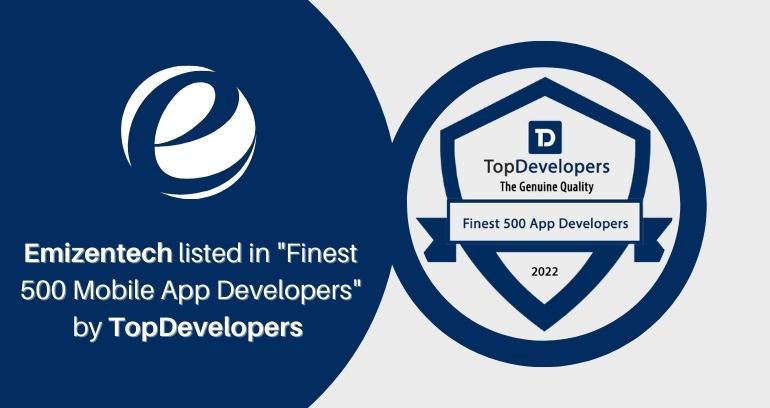

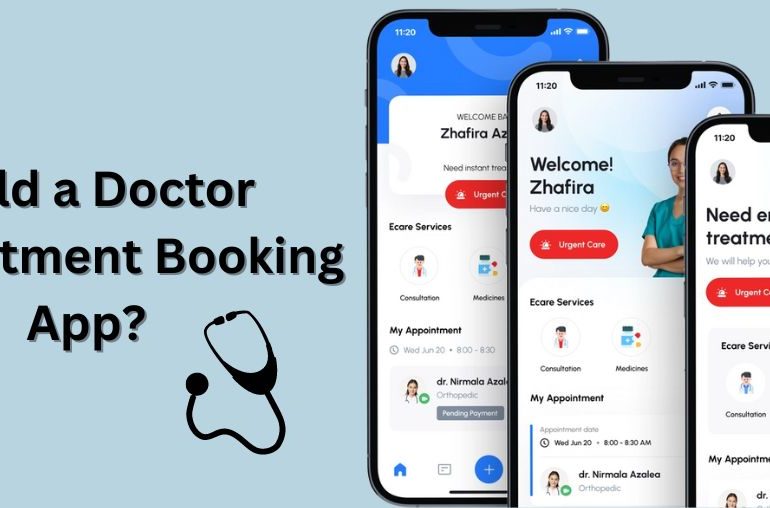
 USA
USA UK
UK Singapore
Singapore